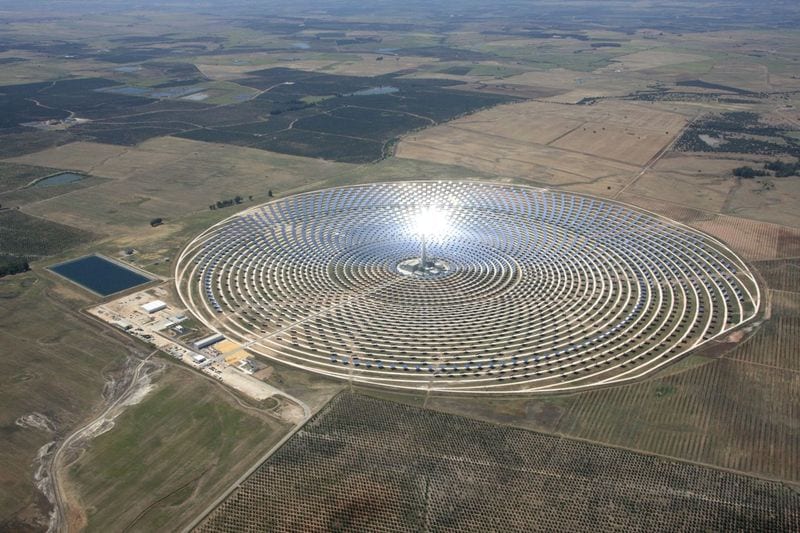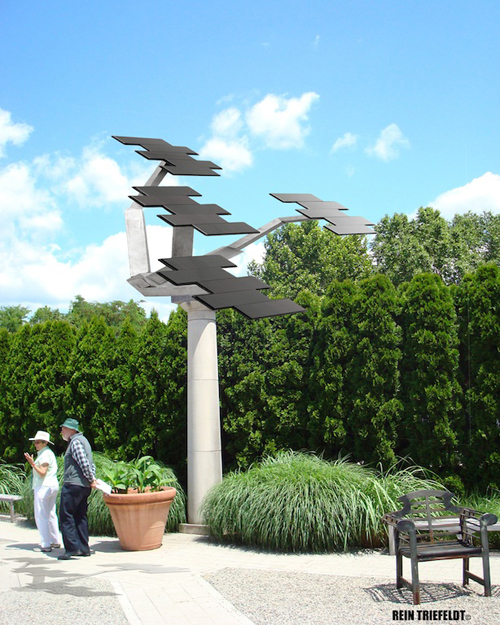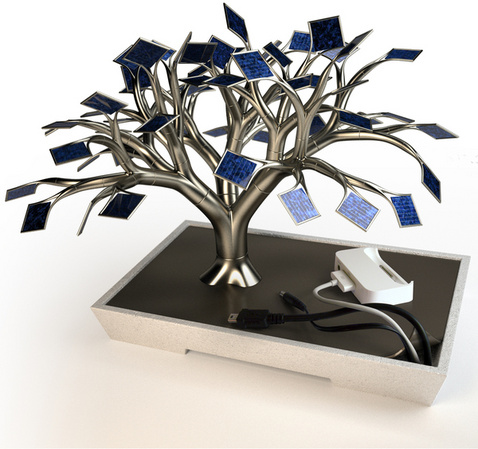The future of our planet lies in the hands of our children and when a 13 year old boy aidan dwyer uncovers the mystery of how trees get enough of sunlight in a crowded forest and applies it to solar energy you know that all is not lost.
Fibonacci numbers solar panels.
The american museum of natural history rewarded him with a young naturalist award.
So to jump to the thought that fibonacci numbers explain why trees are built the way they are and further conclude that solar panels ought to be arranged that way well it s an interesting.
Fibonacci pattern of solar cells.
But it seemed to have mystical powers.
Fibonacci added the last two numbers in the series together and the sum became the next number in the sequence.
Today a solar panel can cost as little as 0 50 a watt.
With seed values f 0 0 and f 1 1.
On a bleak winter hiking.
He determined the tree s fibonacci pattern allowed some solar panels to collect sunlight even if others were in shade and prevented branches on a tree from shading other branches.
By 1975 that figure had dropped to just over 100 a watt.
1 1 2 3 5 8 13 21 34.
Aidan replicated the fibonacci sequence in trees to invent a new way of harnessing solar energy.
Plenty of us head into the woods to find inspiration.
Aidan dwyer 13 went to the woods and had a eureka moment that could be a major breakthrough in solar panel design.
The fibonacci numbers are the sequence of numbers f n defined by the following recurrence relation.
This led him to propose arranging solar panels like oak trees leaves a manner which would be 20 to 50 percent more efficient energy wise.
Since the year 1980 solar panel prices have dropped by at least 10 percent every single year.
F n f n 1 f n 2.
Looking at the fibonacci series which describes spirals he also noticed that tree leaves adhered to the spiral sequence.
Multiply the number of panels by 265 watts.
In 1956 solar panels cost roughly 300 per watt.
This instructable is a part of a bigger experiment that was performed to comapare the qulitatiive and quantitative performance of an fibonacci arrangement of solar cells to a conventional planar arrangement i ll be explaining how to arrange solar.







